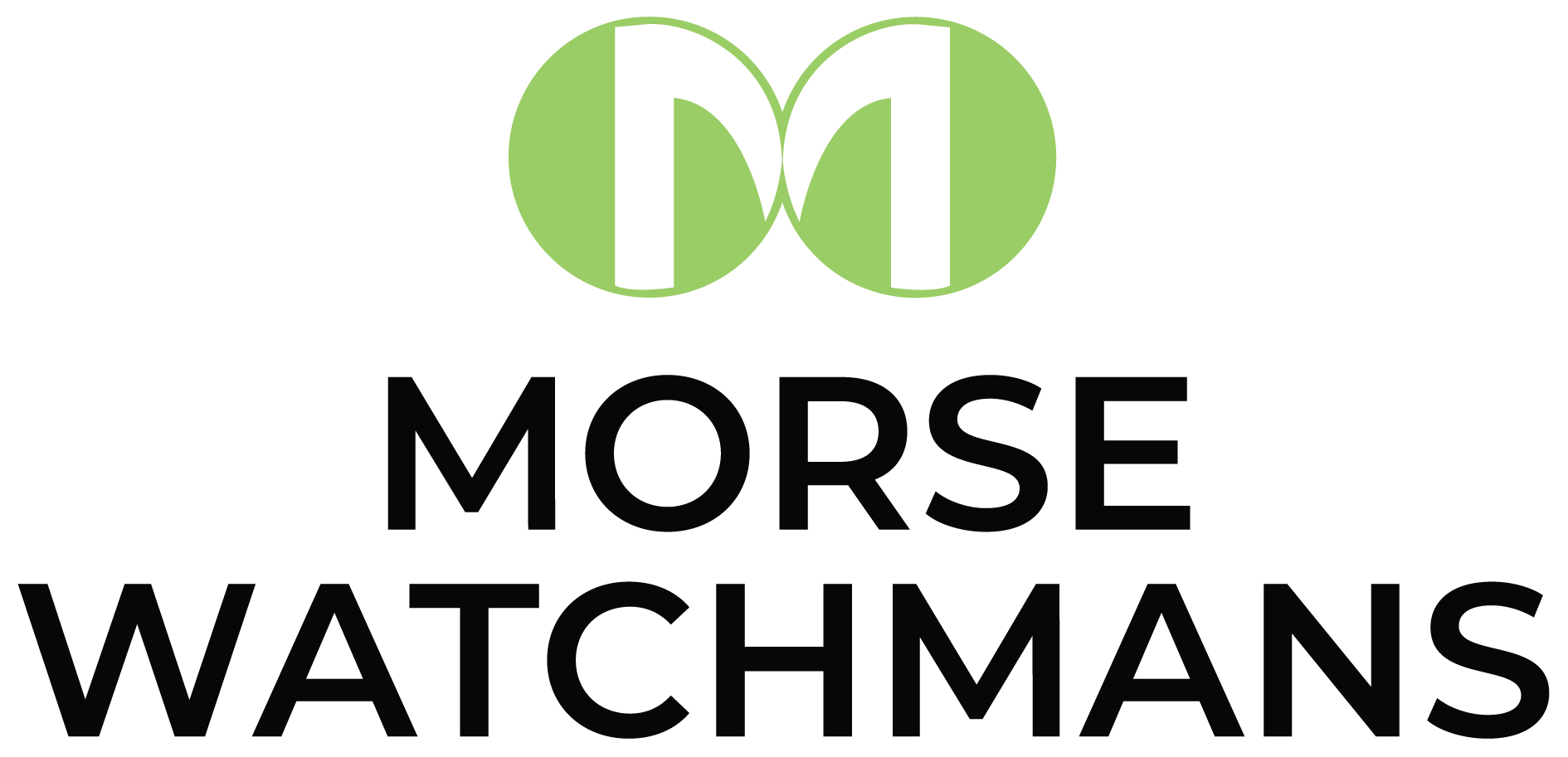
Government agencies of all sizes, from municipal, county, state and federal, depend on accountability and visibility. Whether maintaining a vehicle fleet or overseeing access to administrative buildings, oversight is essential to maintaining public trust and ensuring safety. Yet many government departments still rely on manual key sign-out sheets, spreadsheets, or paper logs to manage physical access. The result is slower operations, risk of human error, and a gap in safety and security.
Key management systems bring automation and transparency to these processes. By replacing paper records with secure, digital tracking, agencies can monitor key usage in real time, strengthen state and local government security, and reduce the administrative burden that comes with managing access manually.
Establishing a Foundation for Accountability
Key control for government agencies isn’t simply about preventing lost keys, it’s about ensuring that every access point, vehicle, and piece of equipment is traceable and protected. Electronic key cabinets authenticate each user, recording who retrieved a key, when it was taken, and when it was returned. This verifiable audit trail ensures clear responsibility and reduces disputes over access or misuse.
When a public works supervisor needs to know who last used a city vehicle or when a maintenance worker accessed a secure storage area, that data is available instantly. Automated logs simplify audit compliance and reporting, helping departments demonstrate transparency and preparedness during inspections or reviews, even with limited staff and budgets.
Improving Employee and Public Safety
Physical security in government operations is about protecting staff, constituents, and assets to safely maintain essential services. Modern key management systems limit access to only authorized personnel, ensuring that sensitive areas, such as evidence rooms, IT closets, and critical infrastructure, remain secure.
Detailed key tracking also supports vehicle and equipment management, providing agencies with insight into daily operations. When keys are automatically logged and stored securely, the risk of loss, theft, or unauthorized use decreases significantly. That protection means safer working environments for government employees and better protection for the communities and constituents they serve.
Digital Audit Logs for Improved Efficiency
Manual systems slow operations and are prone to human error. Paper forms, clipboards, and sign-out sheets require supervision, data entry, and follow-up. Automated key management eliminates these inefficiencies. Authorized users can check out keys quickly using a PIN, badge, or biometric credential, while administrators gain visibility without having to chase down paperwork.
It's also much easier to secure, maintain, and track vehicles and equipment. Instead of relying on paper logs or phone calls to determine who last used a truck or generator, supervisors can see that information instantly. This saves time and ensures accountability for high-value assets.
The result is measurable accountability and efficiency across government departments. For agencies responsible for multiple facilities or remote teams, the time savings and reduced administrative burden can be significant.
Compliance and Audit Readiness
Regulatory and internal audits are routine in the public sector, and documentation is critical. Electronic key management systems like KeyWatcher® Touch automatically generate time-stamped records that can be retrieved on demand. Whether for a financial audit, safety inspection, or internal review, these digital reports provide clear, defensible evidence of compliance.
Key control also enables government agencies to maintain a verifiable chain of custody over evidence, legal documents, and other personally identifiable information (PII), all essential components covered by privacy laws.
Remote Management of Key Access and Permissions
Many agencies manage facilities spread across large geographic areas, from central offices to field depots and public works yards. Networked key control systems allow administrators to oversee all locations from a single interface. Permissions can be updated, access revoked, or reports reviewed across networked cabinets without being physically on site using desktop software.
This remote management capability is especially valuable for departments with multiple divisions or rotating personnel. If staffing changes occur, access can be adjusted instantly to maintain security without disrupting day-to-day operations or requiring an on-site visit.
Streamlining Access Across Government Facilities
Electronic key management systems give agencies the ability to control and document access to:
- Sensitive areas and government buildings
- Public vehicles and maintenance equipment
- Supply and storage rooms
By centralizing these functions, state and local governments can operate more efficiently and maintain verifiable control over critical infrastructure and resources.
Additionally, systems like Emergency Key Grab (EKG) by Morse Watchmans enable rapid retrieval of keys by first responders during an emergency. Keys are stored in an electronic key control cabinet and are only accessible to those with permissions using a PIN code or other credentials. By enabling rapid response, this system facilitates staff and visitor safety during events like active shooter incidents or other lockdown situations.
Electronic Key Control: Elevating Public Sector Security
Key control for government agencies is a practical and proven solution to support safety and efficiency. Secure key control goes beyond better security; it’s also about smarter and more effective management. As government agencies look to the future of state and local government security, key control can unlock effective, efficient operations.



